A “black swan event,” as defined by the risk analyst Nassim Nicholas Taleb in 2007, is a surprise occurrence that has a major impact on the global financial system and is rationalized after the fact as something that ought to have been expected all along. The 9/11 terror attacks are one example, the Covid pandemic another – shocks that rocked the world and made us wonder if freedom works.
Since Wednesday last week, however, the gods of the marketplace have been wrestling with a new and more mind-boggling creature: the “orange swan,” a cataclysmic Donald Trump-induced happening that is at once entirely predictable and baffling, an event that is rationalized post hoc as a shock when in fact everybody saw it coming a long way off.
Everyone knew that the US President, who has for at least 40 years been obsessed with international trade deficits and America being ripped off, was bound to impose dramatic tariffs on the rest of the world. He kept telling anyone who’d listen. “It must be hard for you to spend 25 years talking about tariffs as being negative and then have somebody explain to you that you’re wrong,” Trump told John Micklethwait, editor-in-chief of Bloomberg News, in October. “Tariffs,” he has said repeatedly, “are the most beautiful word in the dictionary.” Long before his election victory last November, in campaign website documents and Trump-agenda videos, he spelled out that protectionism was the central part of his plan to usher in a new golden age for America.
Yet the world had convinced itself that Trump must be bluffing somehow. These were mere “negotiating tariffs” – not a kamikaze mission to blow up the liberal order. The Donald was playing madman, maximizing leverage over foreign powers to extract the best terms for the American consumer before the markets got too frit.
But the orange swan doesn’t play chicken. “Never bend, never break” is one of the maxims of Trump 2.0. If that means bringing on a global recession, so be it. Many have been quick to hope that, Trumpus ex machina, a genius secret scheme to save America from a crash would come into effect. Late last week, the on dit among Republican capitalists was that Liberation Day was part of an ingenious plan to offset tariff pain through tax relief, while forcing the bond markets to buy up trillions more in American debt, reducing treasury yields, averting a future national default and putting Trump 2.0 in a position to turbocharge the economy in time for the 2026 midterms.
If that was the idea, it’s yet to work. On Monday, after China announced its 34 percent retaliatory tariffs, the markets tumbled again. The S&P500 index saw its sharpest three-day dip since October 1987. But the Trump was not for turning. He announced on his Truth Social media platform that he would be terminating trade talks with Beijing immediately and putting “ADDITIONAL 50 percent tariffs on China, effective April 9th.” He then took to X, Elon Musk’s social media site, to fire his ire at internal doubters: “Don’t be weak! Don’t be stupid! Don’t be a PANICAN (a new party based on Weak and Stupid people!)”
In Trumpworld, madness is the method. Early on Tuesday, as world leaders kept scrambling to reach the President on the telephone, and frantic fund-managers refreshed their inboxes looking for clues as to Trump’s next move, the White House released an important email update FOR IMMEDIATE RELEASE: the “Jackson magnolia,” a tree on the presidential South Lawn, would be removed and replaced with a descendant sapling. Was that an esoteric metaphor for what Trump is doing to the American-led free-trade system?
The day before, the hillbilly-turned-Vice President J.D. Vance hosted his family at the White House to celebrate ten years of his mother going sober. Was that a coded signal that the forgotten people of America, the drug-addled victims of globalization, were now in charge?
Hours earlier, Trump had hosted the Los Angeles Dodgers, the World Series-winning baseball team, at the White House. “Then you ran out the healthy arms,” he told the assembled athletes, “you ran out of really healthy – they had great arms but they ran out. It’s called sports.” Was that a gnomic allusion to the state of monetary policy? It wasn’t, of course, but in the age of Trump the role of the know-all classes is to drive themselves crazy looking for meaning where probably there is none.
Also on Monday, Kevin Hassett, director of the National Economic Council, was asked about a proposal from Bill Ackman, the Democratic hedge-funder turned Trump mega-donor, that the administration should initiate a 90-day pause on tariff implementation to allow markets to settle. “I think that the President is going to decide what the President is going to decide,” Hassett responded. “I would urge everyone, especially Bill, to ease off the rhetoric a little bit.” Sections of the Wall Street media took that as proof of an imminent tariff-delay announcement. In a matter of minutes, market valuations rebounded by at least a couple of trillion dollars – until, that is, the White House press office clarified that the story was “fake news”.
Meanwhile, on the White House website, Steve Miran, chairman of the President’s Council of Economic Advisers, helpfully published five “ideas” for other countries looking to curry economic favor with the US: accept tariffs without retaliation, stop unfair trading and harmful practices, boost defense spending and procurement from the US, invest in and install factories in America and – last but not least – “they could simply write checks to the Treasury.” If in doubt, try bribery. The memo read a bit like a TripAdvisor page on dealing with a Sicilian protection racket. “Thank you, and I’m happy to take suggestions,” wrote Miran, signing off.
Even in Trumpworld, such posturing causes unease. The term “critical trade theory” is doing the rounds. “What it reminds me of is Black Lives Matter, the George Floyd stuff,” says one MAGA insider, “when people would just stick up a GoFundMe and say: “Just give black people money for being black.” It’s kind of like that with America and these tariffs. America deserves money for being America and any trade deficit we have with another country must be to do with exploitation or cheating, the same way that with critical race theory the claim is that, if there is any difference between people of different races, it can only be to do with one race exploiting the other one.”
It’s clear that Trump’s Liberation Day tariffs, the biggest gamble of his epically risky life, have strained the bonds of his large and complicated coalition. Steve Bannon, the chief prophet of America First, seems thrilled about the onset of an “economic war” against globalism. And Trump loyalists point to the fact the several labor unions, representing the working man rather than Wall Street, have all supported Trump’s bid to bring back American manufacturing.
As for the Democrats, they’ve been wrongfooted once again. Trump is busy wiping hundreds of billions off the value of the world’s most obscenely rich corporations, and the American left is still bleating about economic justice and stopping the new oligarchy.
Yet the PANICANS are multiplying. The Trumpy-come-lately plutocrats who jumped aboard the MAGA train last year have been desperately trying to apply the brakes. Musk, America’s chief oligarch and the second biggest news god in Trump’s universe, has clashed with Peter Navarro, the President’s trade advisor. He also posted a video of Milton Friedman using a pencil to explain why tariffs don’t work – the day after Trump had said on Air Force One that “we’re not going to lose $1 trillion for the privilege of buying pencils from China.” On Tuesday, Musk, whose Tesla company is suffering more than most because of Trump’s policies, reportedly made more discreet overtures to the President. By the evening, he was reposting a sweet video of his son X gallivanting alongside Trump as the President walked away from the Marine One helicopter, which suggested any antagonism may have abated.
Within the more official administration, there is said to be a fair-trade faction, led by Treasury Secretary Scott Bessent, Hassett and others, which is gently trying to resist a more absolutist camp, led by Navarro and Commerce Secretary Howard Lutnick, who regard tariffs as the goal, not the means to an end. Bessent has been emphasising that the administration strategy is “escalate to de-escalate,” imitating Ronald Reagan’s approach to the Cold War. Lutnick, by contrast, went on CBS’s Face the Nation to declare that “the army of millions and millions of human beings screwing in little screws to make iPhones – that kind of thing is going to come to America”. Great, said every low-income consumer in America.
Yet for all the media hoo-ha and cabinet manoeuvring, Team Trump is not yet at loggerheads. Behind closed doors, Vance is said to be using his reputation as a fierce protectionist to calm the absolutists on behalf of the fair-traders. At the same time, in public, everyone in the administration is dutifully repeating one key message: it’s the President who decides. He is happy to listen to differing views and open to new agreements with any country that is willing to co-operate. But the future is in his hands.
As if to prove the point, on Monday Trump announced in the Oval Office that his administration was having “direct talks” with Iran about its nuclear plans. He was sitting alongside the Israeli Prime Minister Bibi Netanyahu, who promised to “eliminate [Israel’s] trade deficit with the United States. We intend to do it very quickly… This will serve as a model for many countries, who ought to do the same.”
“Sometimes you have to take the medicine,” as the President told reporters on Air Force One on Sunday. This appears to be the last best hope for the liberal world as we know it: that the White House is giving sclerotic globalization the shock therapy treatment. When the horror fades and the pain passes, the result could be a renewed financial universe with fewer tariffs – except, perhaps, for China, which keeps vowing to fight Trump “till the end.”
“President Trump just took a massive punch at Xi, right in the chops,” said Bannon on Monday. “The overlords of easy money, the sociopathic overlords that run Wall Street, the globalist corporatists and the apartheid state of Silicon Valley – all of them combined are the partners of the Chinese Communist party.”
For both fair-traders and absolutists, one thing is clear: China is America’s chief enemy. Under gentle pressure from Bessent, Trump has switched to making noises about lower-tariff deals with Japan and others. The markets calmed, briefly, only to start collapsing again as it became clear that Trump was not pulling back from his new 104 percent super-levy on Chinese goods. They dropped even further on news that Beijing is implementing retaliatory 84 percent tariffs. Then Trump declared a 90-day on all non-retaliating countries (i.e, not China). And the Nasdaq rose once more. “The world is ready to work with President Trump to fix global trade,” said Howard Lutnick. “China has chosen the opposite direction.”
Previous US administrations, from Barack Obama to Trump 1.0 to Joe Biden, have attempted to coax America’s allies away from relying on Chinese manufacturing and investment, with varying success. But Trump 2.0, scarred by the memory of Covid, is ever more radical when it comes to decoupling from Beijing. It’s pointing a bazooka at the financial world and asking every-one to pick a side. So, Europe and Britain, what’s it going to be: the red dragon or the orange swan?











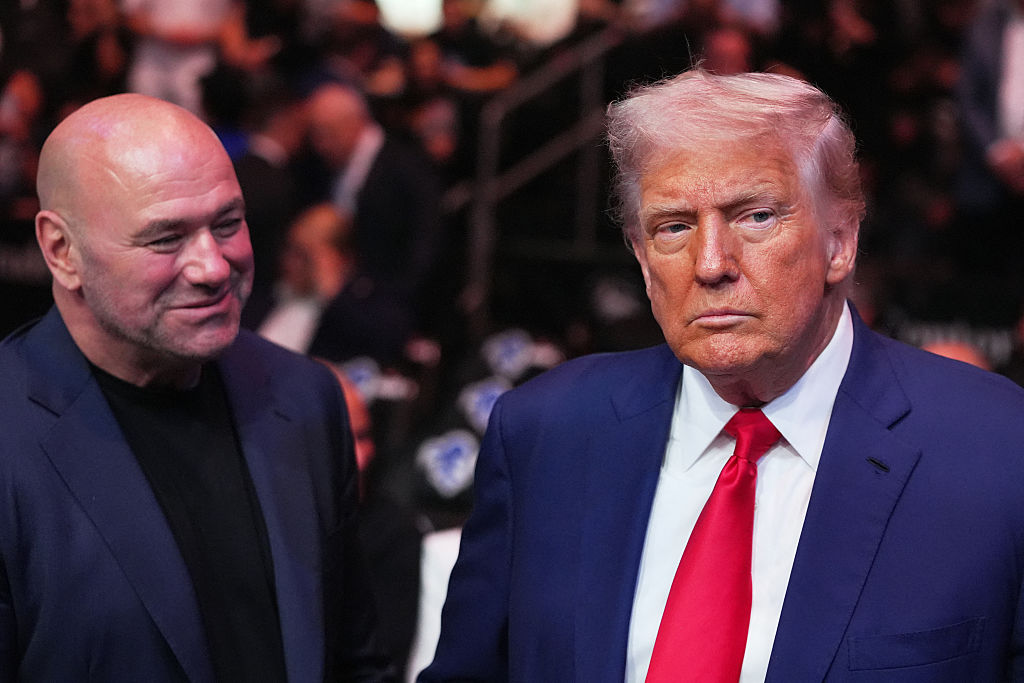


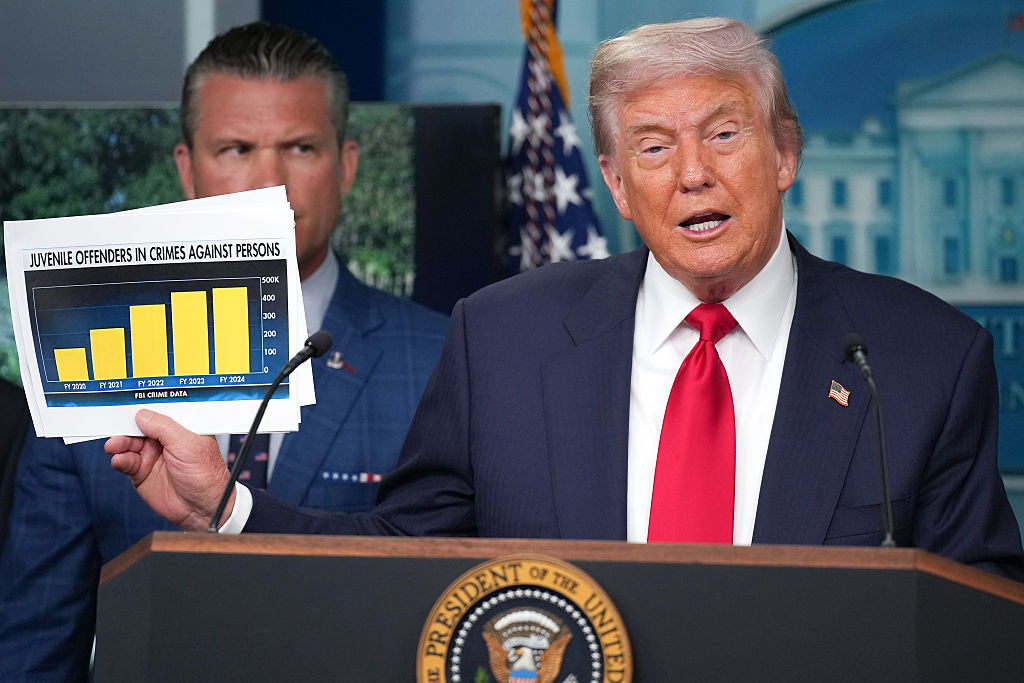
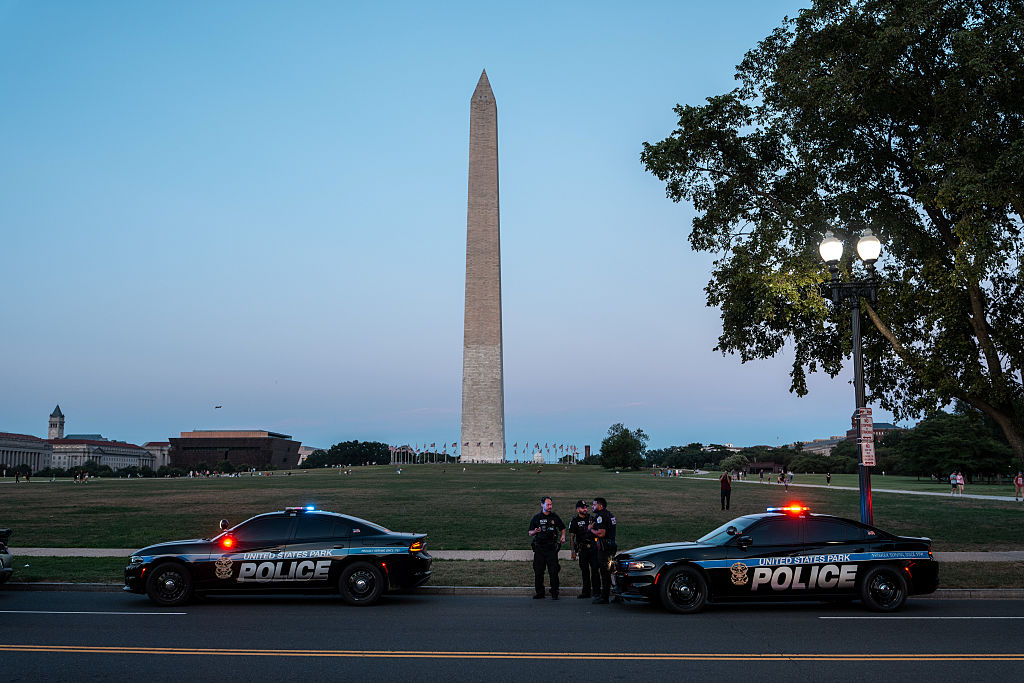

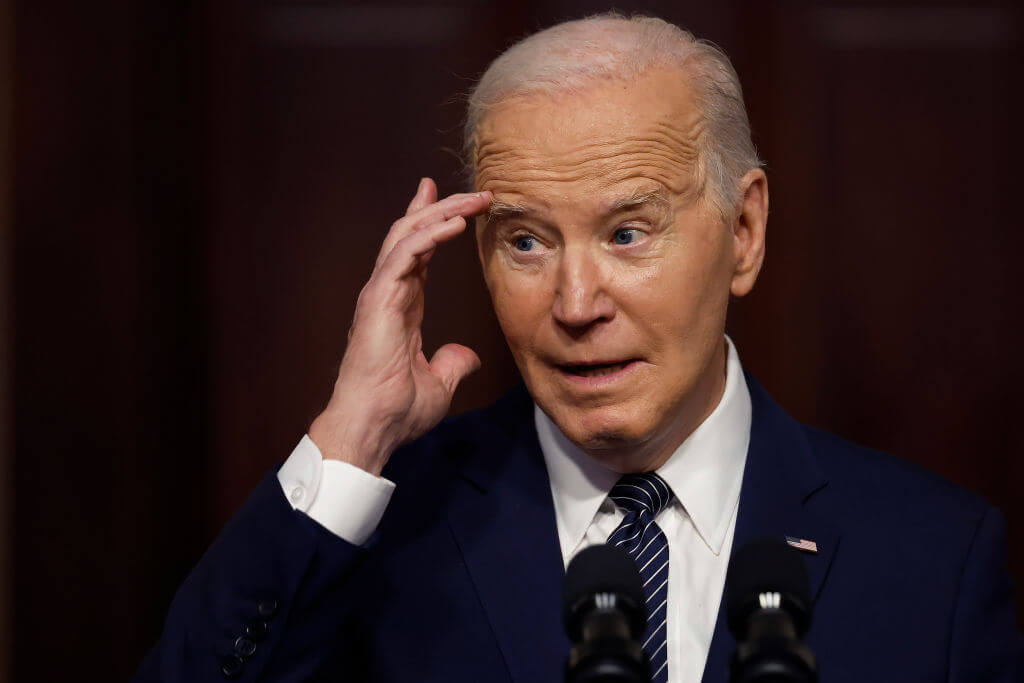



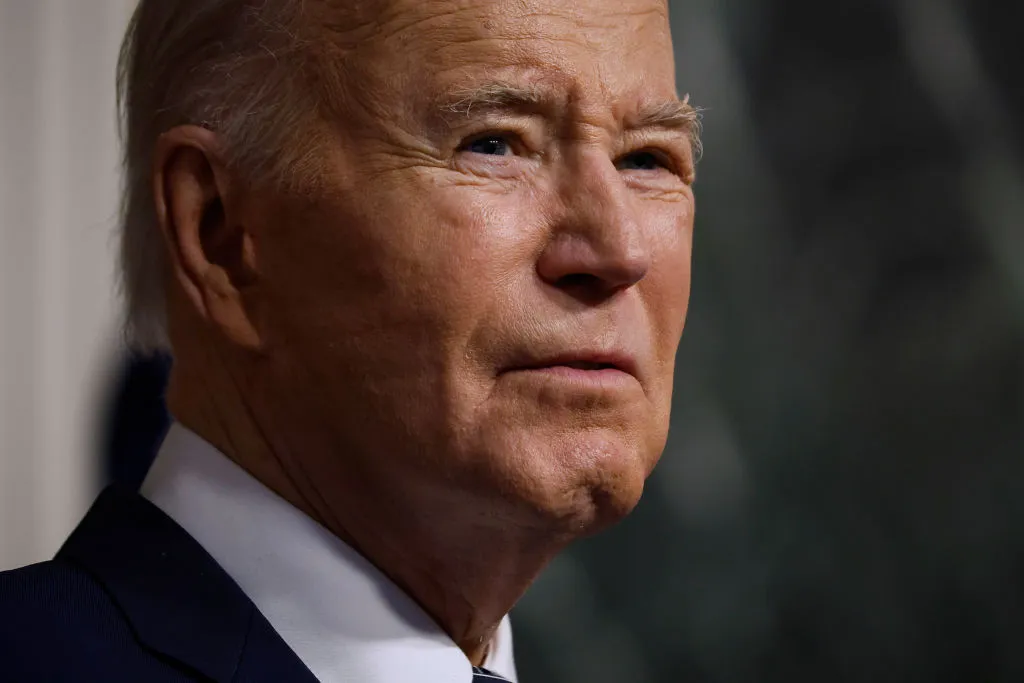

Leave a Reply